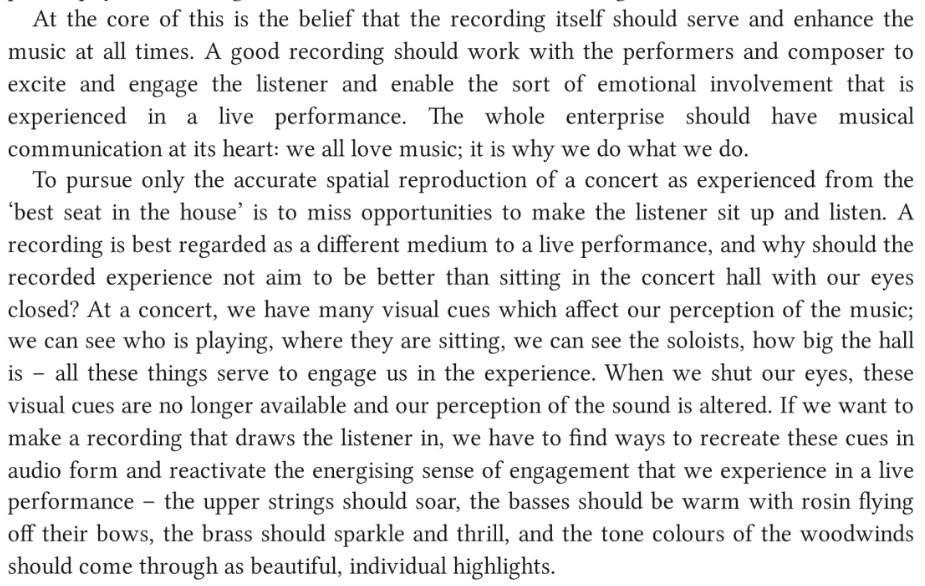@DaveC wrote:
"And how is recorded music supposed to equal the energy and dynamics of a live show given every recording is dynamically compressed? Have you ever heard uncompressed recordings on your system? I have and it's an entirely different experience."
Would you care to comment further on the experience of listening to uncompressed recordings in your system, to include an introduction to your system?
While this is Not my thread, I believe those observations might contribute to a fuller discussion of ‘Natural Sound’, PeterA’s theme for these pages.
I am most interested to learn your thoughts, but what say You, Peter?
"And how is recorded music supposed to equal the energy and dynamics of a live show given every recording is dynamically compressed? Have you ever heard uncompressed recordings on your system? I have and it's an entirely different experience."
Would you care to comment further on the experience of listening to uncompressed recordings in your system, to include an introduction to your system?
While this is Not my thread, I believe those observations might contribute to a fuller discussion of ‘Natural Sound’, PeterA’s theme for these pages.
I am most interested to learn your thoughts, but what say You, Peter?
Last edited:


